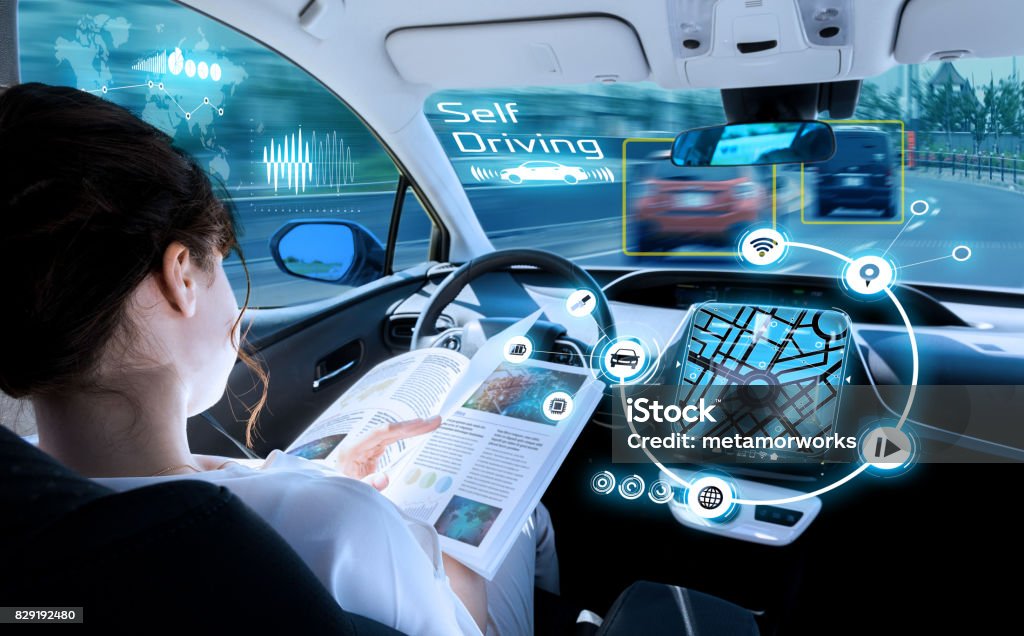In the ever-evolving landscape of autonomous technology, few topics capture the imagination, like the convergence of innovation and practicality. One such phenomenon that has recently garnered significant attention is the 7.14m waymohawkins theverge phenomenon. This phrase encapsulates various themes—from cutting-edge advancements in autonomous vehicles to the influence of media platforms like The Verge in shaping public discourse. In this article, we’ll delve deep into what makes 7.14m waymohawkins theverge so intriguing and impactful.
What is the Phenomenon About?
At first glance, the phrase might seem cryptic. However, a closer examination reveals layers of meaning and context that connect groundbreaking achievements in the field of autonomous vehicles with broader societal impacts.
- Milestones Worth Noting: This figure potentially represents a milestone or key metric. In self-driving technology, numbers like these could refer to anything from kilometers driven by autonomous systems to financial investments or valuation figures.
- Waymo’s Role: A subsidiary of Alphabet Inc., Waymo is at the forefront of autonomous driving technology. With years of research, testing, and deployment, the company has become synonymous with the self-driving revolution.
- Innovative Contributions: While this name could reference a person or concept within the industry, it also evokes curiosity. It might signify a researcher, a spokesperson, or even a pivotal innovation contributing to Waymo’s success.
- Media Coverage: As a leading technology and culture platform, The Verge plays a crucial role in disseminating information about emerging trends. Their coverage of Waymo and related topics helps bridge the gap between technical jargon and public understanding.
Why This Matters
The figure “7.14m” likely holds significance within the realm of autonomous vehicles. Metrics like this often signify achievements such as:
- Miles Driven: Autonomous vehicle companies frequently highlight the total miles their systems have driven as a measure of progress. For Waymo, reaching millions of miles in specific testing phases could demonstrate their system’s maturity and reliability.
- Funding Milestones: Another plausible interpretation is financial. Waymo’s ability to secure substantial funding or investment for a specific project underscores investor confidence in their technology.
- User Engagement: It could also reflect user engagement statistics, such as app downloads, rides provided, or feedback collected, emphasizing the practical integration of autonomous vehicles into daily life.
Hawkins: A Name to Note
The inclusion of “Hawkins” in this key phrase sparks questions about its relevance. Could this be a nod to a visionary figure, a pivotal project, or a groundbreaking technology? In the context of autonomous systems, many such names have become synonymous with innovation:
- Innovative Contributions to AI: A pioneer in neuroscience and machine learning, contributions to artificial intelligence could potentially intersect with Waymo’s developments.
- Notable Projects: If “Hawkins” refers to an internal Waymo project, it might be a codename for a significant initiative, such as the development of a new autonomous hardware system or software update.
Understanding this component requires further exploration; however, its presence underscores the human element behind technological advances. 7.14m waymohawkins theverge furthermore, this element reflects the careful planning and design efforts that contribute to the development of these innovations. In addition, it highlights the collaboration between engineers, researchers, and designers who work tirelessly to create solutions that improve everyday life. As a result, we must continue to recognize the human effort involved in advancing technology. Moreover, this awareness can inspire greater appreciation and responsibility in how we approach future developments. Ultimately, the combination of human ingenuity and technological progress will shape the future in meaningful ways.
The Verge’s Role in Coverage
As a respected platform for technology journalism, The Verge has been instrumental in bringing attention to advancements in autonomous vehicles. Their articles often balance technical detail with broader societal implications, making complex topics accessible to a general audience. Coverage typically focuses on:
- Progress Updates: Regular reports on milestones keep readers informed about the state of autonomous technology.
- Ethical Concerns: Discussions around privacy, safety, and the societal impact of self-driving cars encourage a nuanced dialogue.
- Consumer Perspectives: By highlighting user experiences, The Verge bridges the gap between developers and end-users, fostering trust and understanding.
Metrics and Media: A Dynamic Intersection
The combination of metrics, innovative breakthroughs, and influential media coverage exemplifies the intersection necessary for driving the adoption and acceptance of autonomous technology. Let’s explore this dynamic in greater detail.
Metrics as a Measure of Progress
Numbers like “7.14m” provide tangible evidence of progress in an otherwise abstract field. Whether it represents miles driven, dollars raised or user interactions, metrics serve as benchmarks for:
- Trust Building: Concrete achievements reassure stakeholders about the viability of self-driving systems.
- Regulatory Approval: Demonstrating performance through metrics helps navigate regulatory challenges.
- Market Positioning: Companies like Waymo can showcase their leadership in the field by achieving and publicizing such milestones.
Innovations Behind the Numbers
The reference to “Hawkins” symbolizes the human ingenuity behind technological progress. Whether it’s an individual, a team, or a project, the focus on innovation highlights:
- Collaboration: The development of autonomous systems requires interdisciplinary expertise, from AI researchers to hardware engineers.
- Creativity: Overcoming challenges in navigation, decision-making, and safety demands innovative solutions.
- Impact: Innovations in this field promise to reshape industries, from transportation to logistics.
Challenges and Opportunities
While this phenomenon reflects significant progress, it also underscores challenges that need addressing:
- Safety and Reliability: Ensuring that autonomous systems can handle complex real-world scenarios remains a top priority.
- Public Trust: Building confidence among consumers and communities is essential for widespread adoption.
- Regulatory Hurdles: Navigating the patchwork of local, national, and international regulations requires careful coordination.
Conversely, the opportunities are immense. Autonomous technology promises to:
- Enhance Mobility: Providing accessible transportation solutions for underserved populations.
- Reduce Accidents: Leveraging AI to minimize human error, the leading cause of traffic incidents.
- Transform Industries: Revolutionizing sectors like logistics, delivery, and public transit.
Conclusion
The phrase 7.14m waymohawkins theverge is more than a collection of words and numbers; it’s a window into the future of autonomous technology. By unpacking its components, we gain insights into the achievements of companies like Waymo, the innovations driving their success, and the role of media in shaping public discourse.
As the journey toward autonomous vehicles continues, milestones like this serve as reminders of both the progress made and the road ahead. Moreover, these achievements highlight the growing potential for innovation in the transportation industry. However, challenges remain, such as improving safety, refining algorithms, and addressing public concerns. As a result, it is crucial to continue collaborating across sectors to ensure that we are prepared for the next phase of this technological revolution. Additionally, public awareness and education will play an essential role in the widespread adoption of autonomous vehicles. Ultimately, while the road ahead may be long, the potential for change is undeniable. With platforms like The Verge amplifying these stories, the conversation around self-driving technology is set to flourish.





